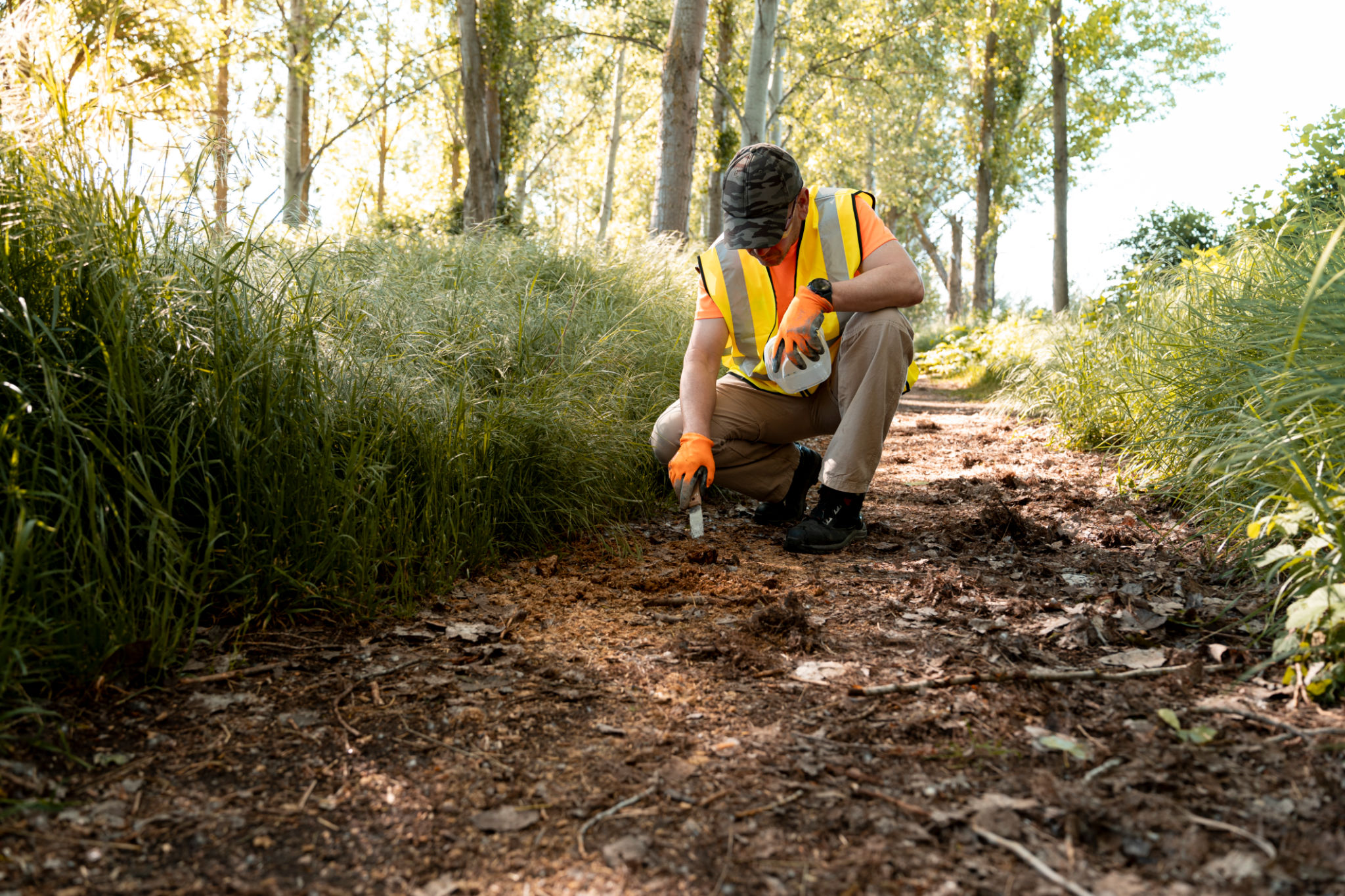Expert Insights: Common Misconceptions About Ecological Risk Assessment
Understanding Ecological Risk Assessment
Ecological Risk Assessment (ERA) is a process used to evaluate the potential adverse effects of human activities on the environment. Despite its importance, there are several misconceptions surrounding ERA that can lead to misunderstandings about its purpose and methodology. In this post, we aim to dispel some common myths and provide clarity on what ERA truly entails.

Myth 1: ERA Is Only About Protecting Endangered Species
While protecting endangered species is a critical component of ecological risk assessment, it is not the sole focus. ERA considers the entire ecosystem, including plants, animals, and microorganisms. It assesses how various factors—such as chemical pollutants, habitat destruction, and climate change—impact the balance and health of ecosystems.
The goal is to identify potential risks and develop strategies to mitigate them, ensuring the sustainability of ecosystems as a whole. This comprehensive approach helps maintain biodiversity and supports ecological functions essential for life on Earth.

Myth 2: ERA Provides Precise Predictions
A common misconception is that ERA offers precise predictions about ecological outcomes. In reality, ecological systems are complex and dynamic, making it difficult to predict exact outcomes. ERA provides a range of possible scenarios based on available data, scientific models, and expert judgment.
This range helps policymakers and environmental managers make informed decisions by understanding potential risks and uncertainties. ERA is not about predicting the future with certainty but rather about assessing probabilities and preparing for possible impacts.
Myth 3: ERA Is Only Relevant for Large-Scale Projects
Another misconception is that ERA is only necessary for large-scale projects like industrial developments or infrastructure projects. However, ERA is relevant for projects of all sizes, including small-scale initiatives that may have localized environmental effects.
Even minor activities can accumulate over time, leading to significant ecological impacts. By applying ERA across various scales, we can identify potential risks early and implement measures to minimize negative effects, thereby promoting sustainable development practices.

Myth 4: ERA Is a One-Time Process
Some believe that once an ERA is conducted, the job is done. In contrast, ERA is an ongoing process that requires regular updates and revisions. Environmental conditions and human activities change over time, necessitating continuous monitoring and assessment.
This iterative process allows for the adaptation of management strategies as new data emerges or as the ecosystem's condition evolves. By maintaining a dynamic approach, we can better respond to emerging threats and opportunities for ecological conservation.
The Importance of Clear Communication
Clear communication is essential in dispelling misconceptions about ecological risk assessment. By educating stakeholders, including policymakers, industry leaders, and the public, we can foster a better understanding of ERA's role in environmental protection.
Through effective communication, we can encourage collaborative efforts to address ecological challenges and promote sustainable practices. Ultimately, improving our grasp of ERA will lead to more informed decisions that benefit both the environment and society.